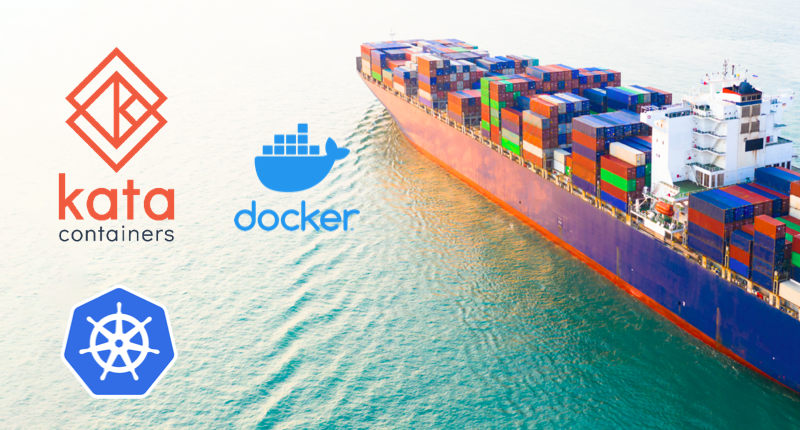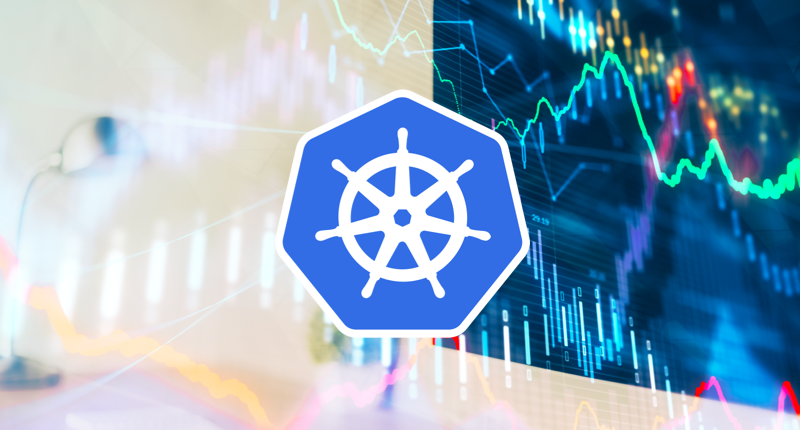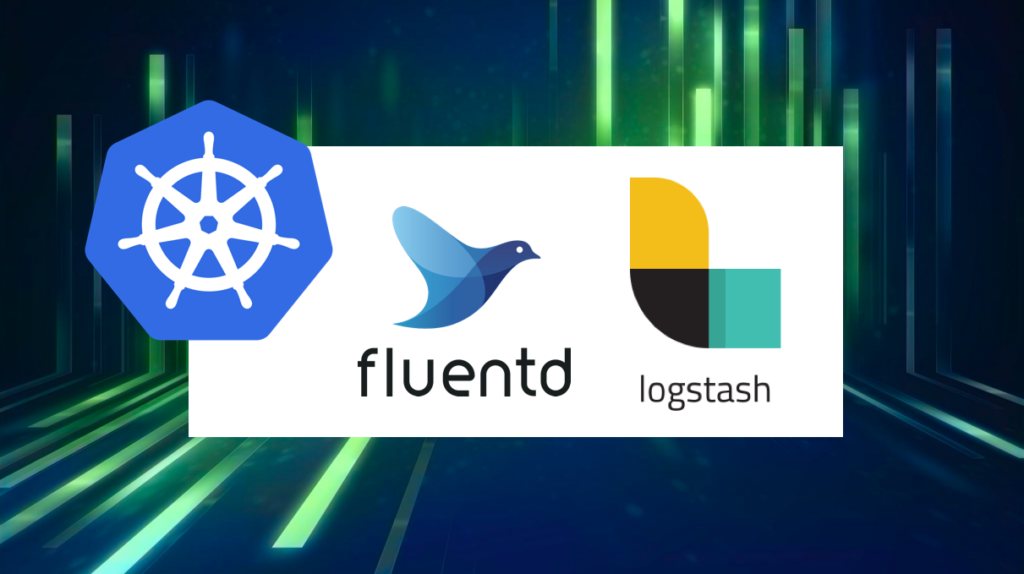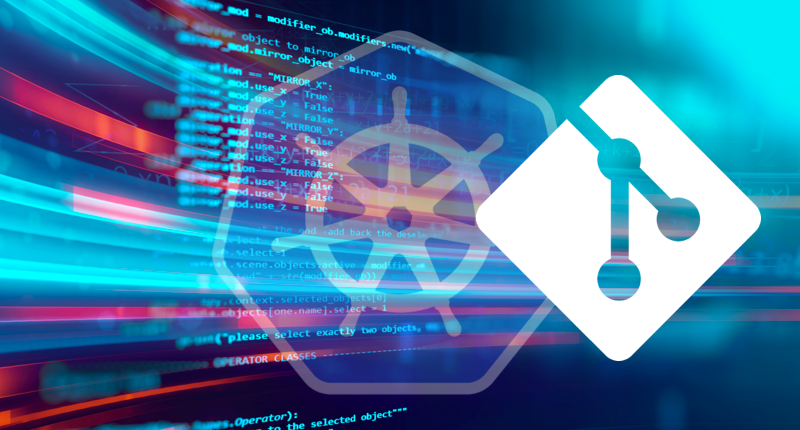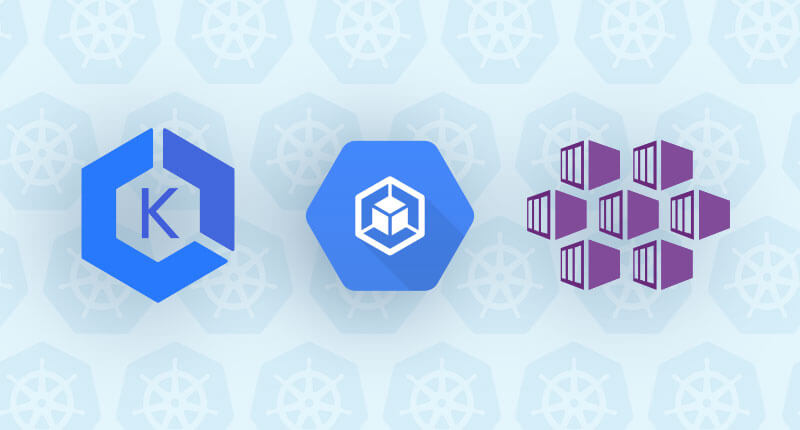Building Helm Charts for Kubernetes Management
Kubernetes, the popular container orchestration system, is used extensively in DevOps. However, it can become very complex: you have to handle all of the objects (ConfigMaps, pods, etc.), and you also have to manage your releases. Both can be accomplished with Kubernetes Helm, the Kubernetes packaging solution. This article discusses Helm packages (aka Helm charts),


